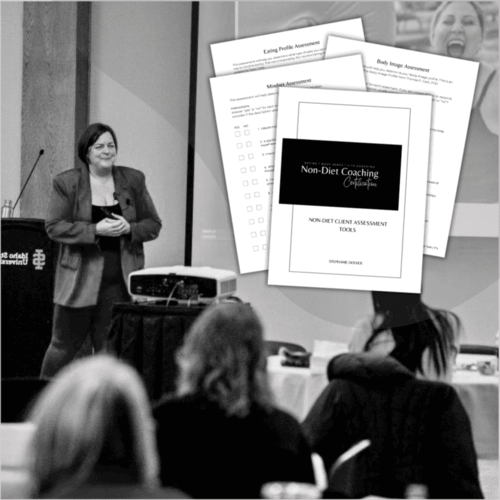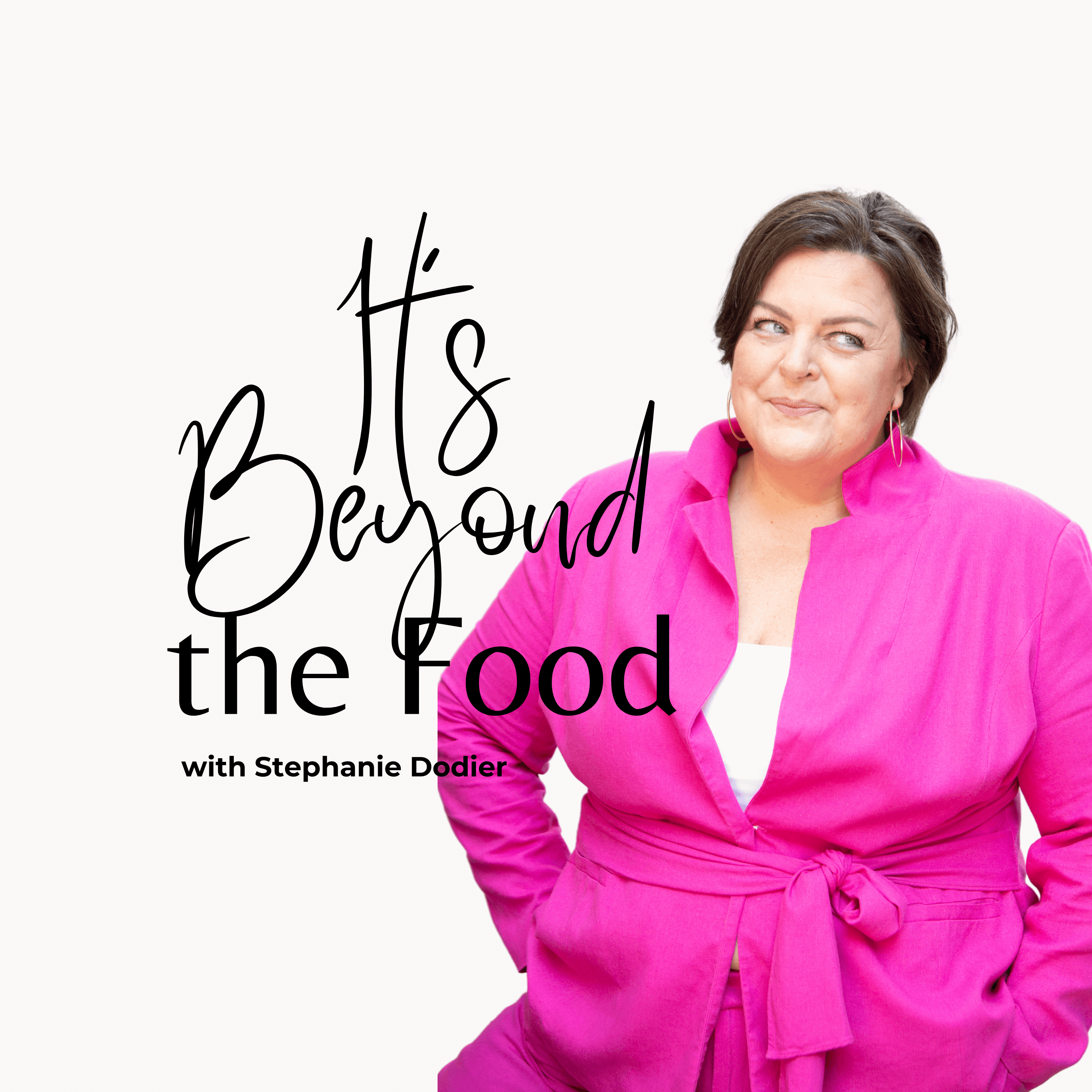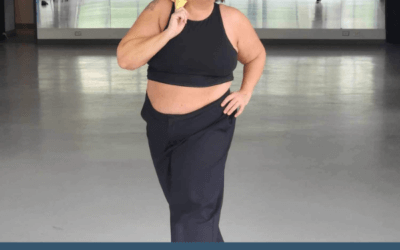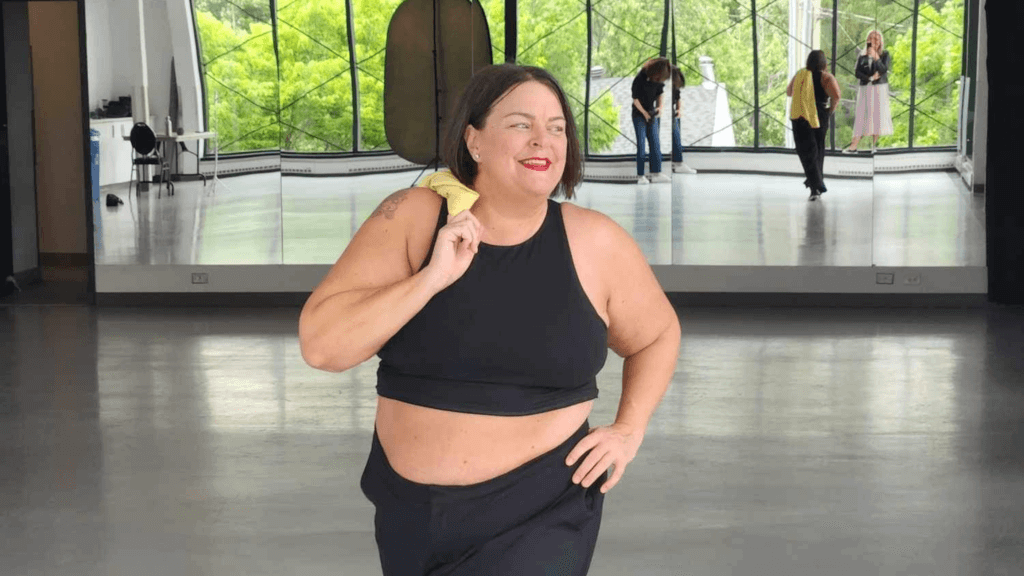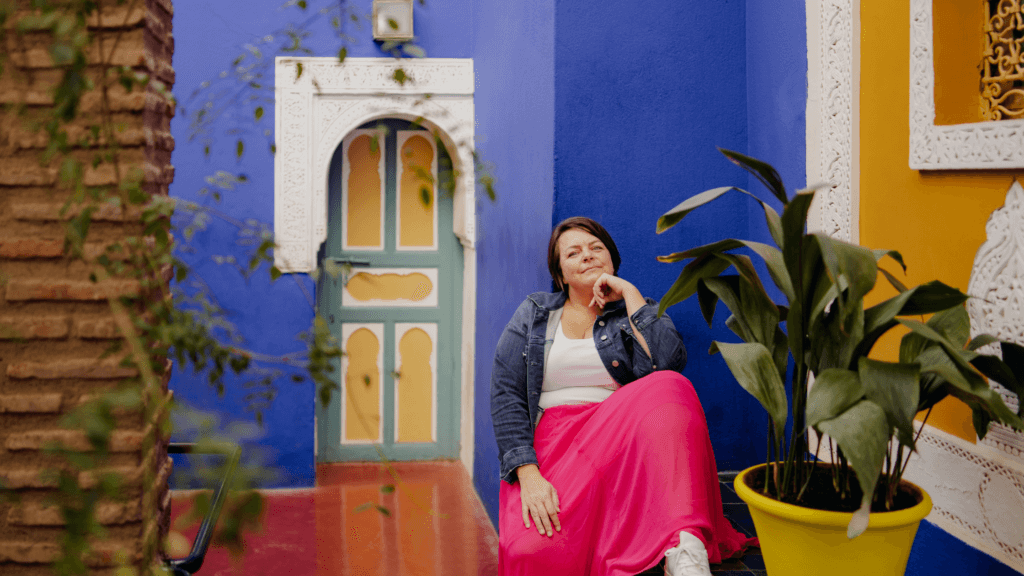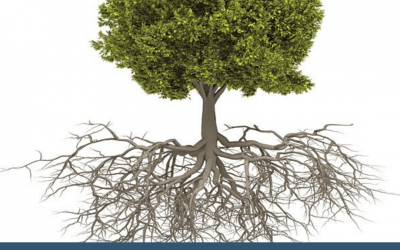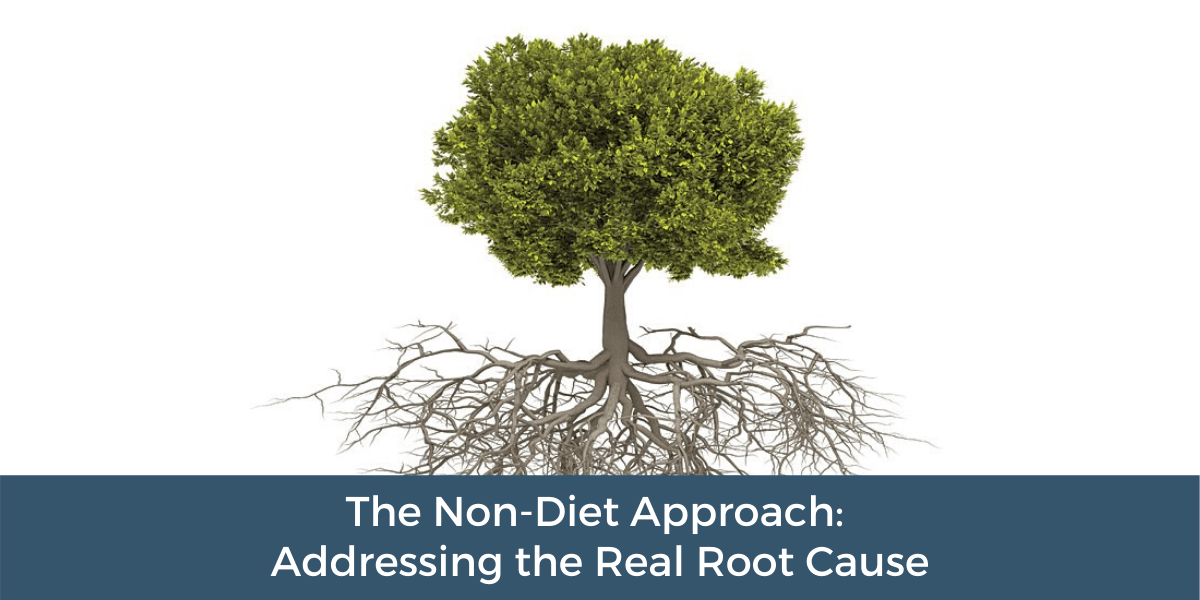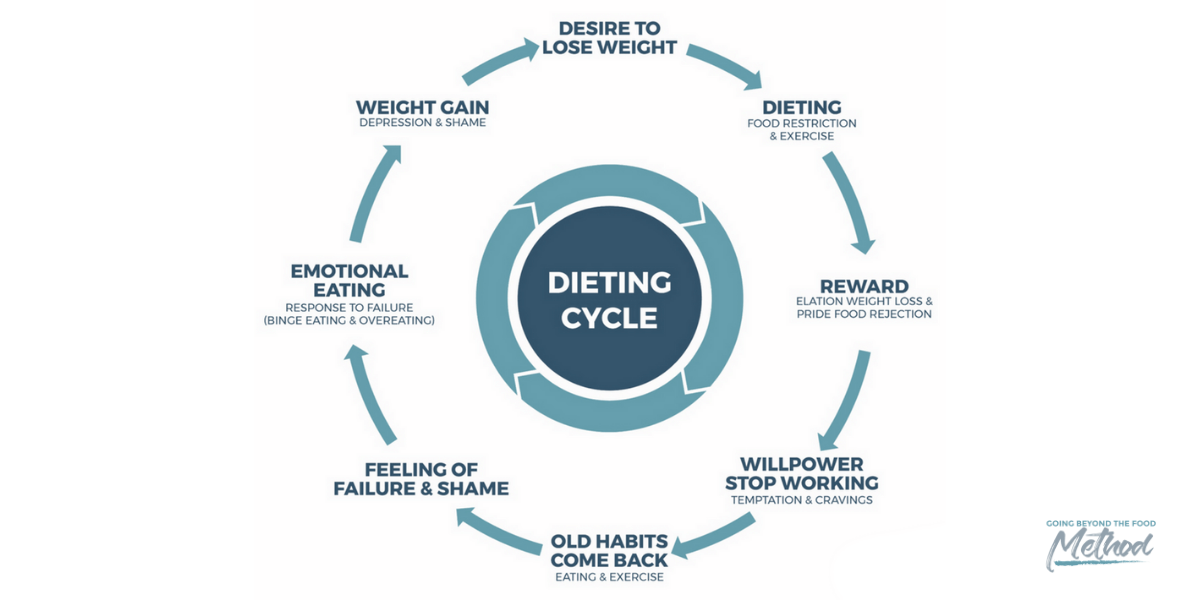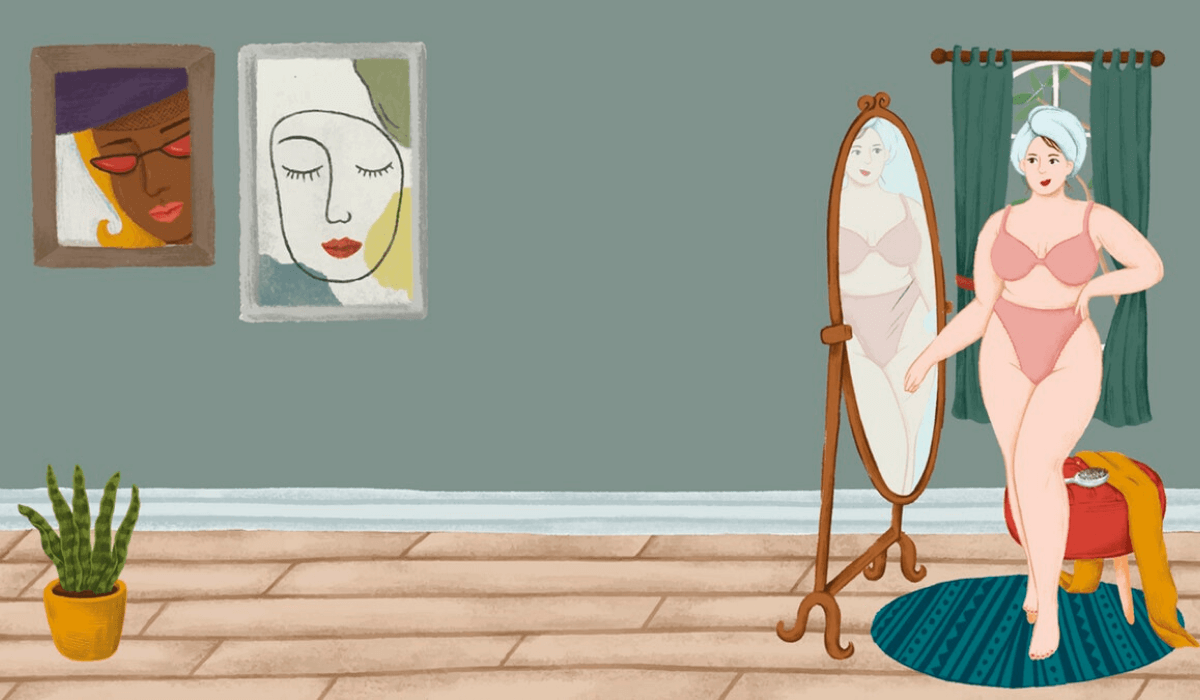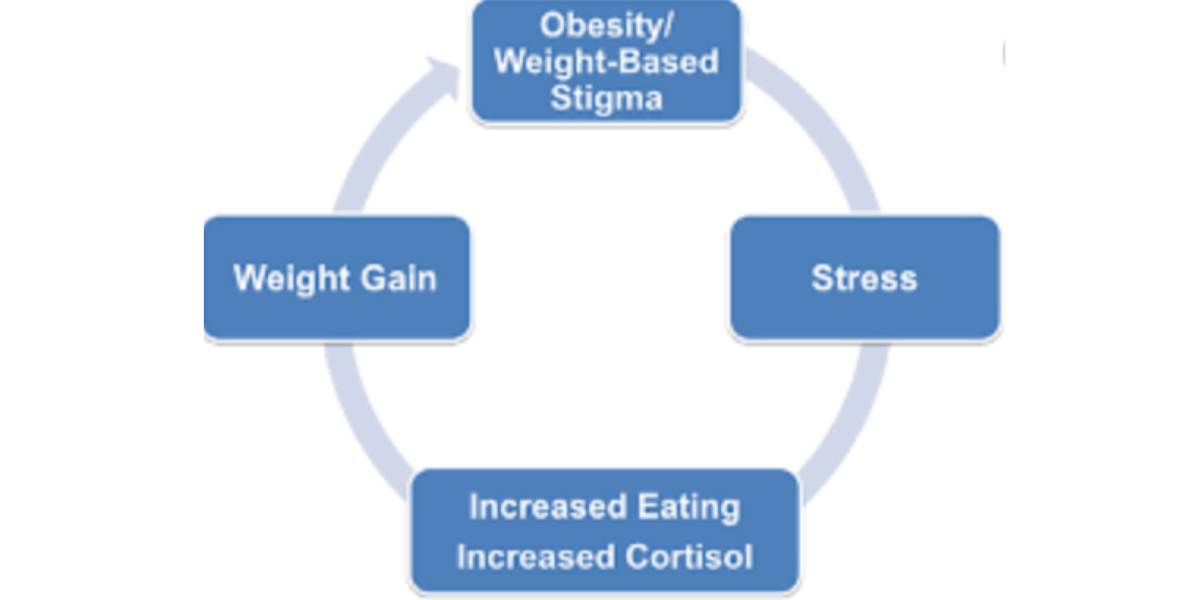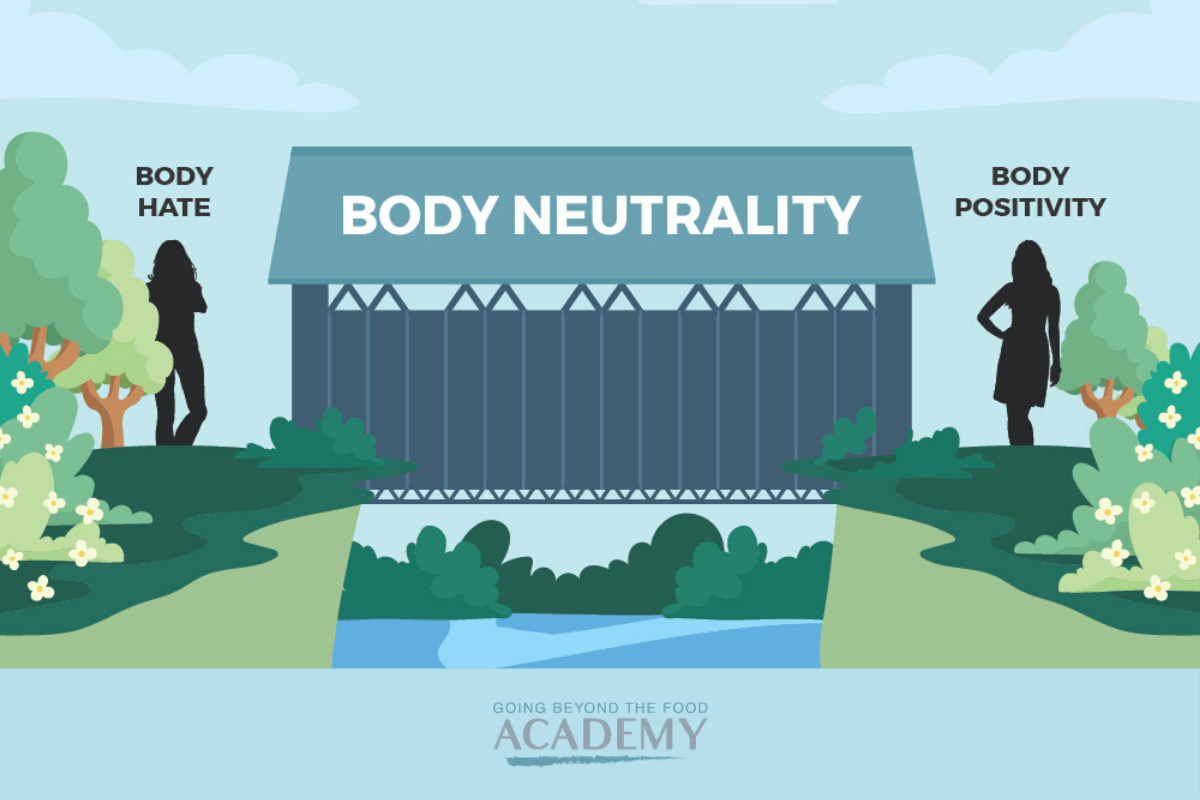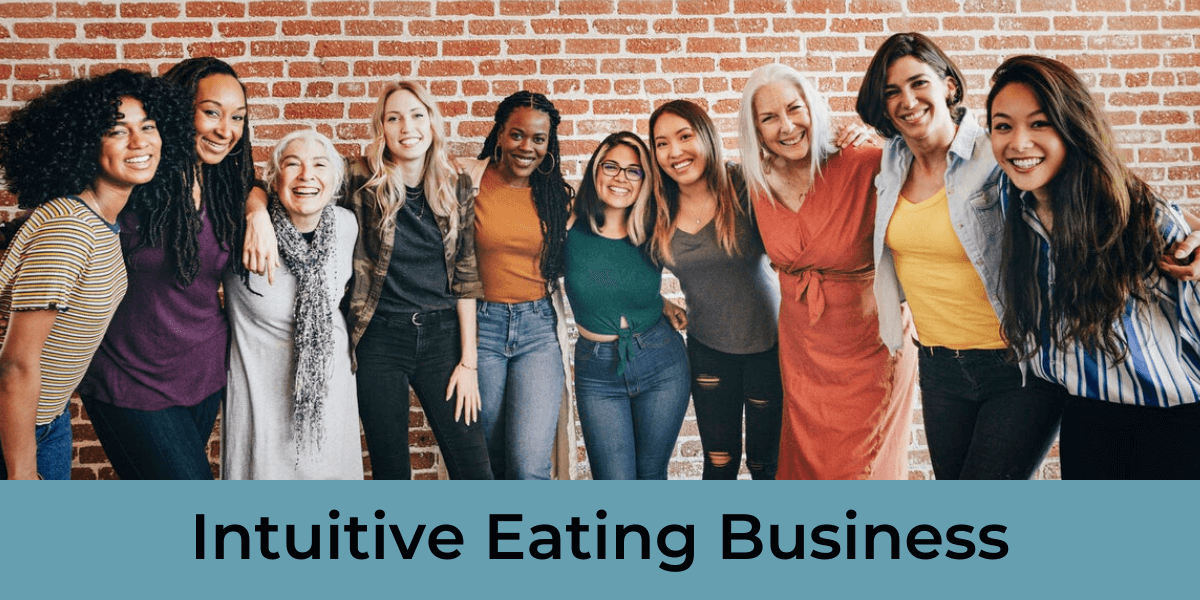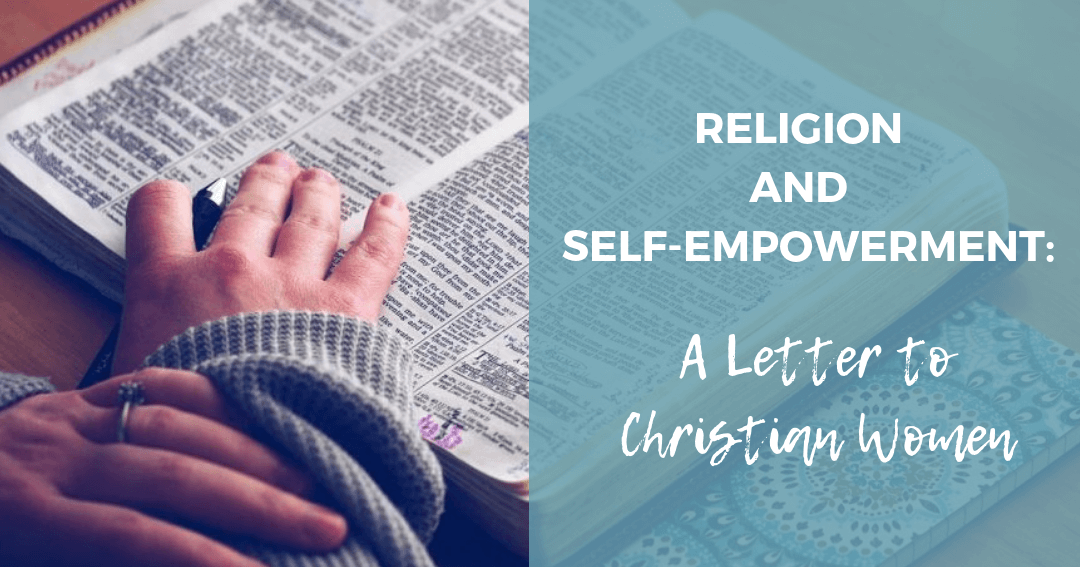
Note: this article is a guest post written by Susan Sledge after working with Stephanie as a 1-1 client in 2018.
If you are a practicing Christian, you know that one of the greatest teachings of God is selflessness. As servants of our Creator, we should be enhancing our spirituality by selfless acts like helping our neighbors, forgiving people, loving our enemies and serving God, and less emphasis on our physical body and material things in this life.
Some people think that what I impart through my works about self-appreciation and self-empowerment does not sit well with the teachings of Christianity. One might think that by following the lessons I teach about loving yourself and knowing yourself better, they are doing the exact opposite of what God wants us to do.
I’m not an expert in religion, but I think there are important connections between our methodology Going Beyond The Food Method inside all of our programs and the teachings of Christianity. That’s why I want to share this letter from Susan Sledge, one of the students of Going Beyond the Food Academy to all Christian women who are doing the same work inside our program as a 1-1 client.
Written to Stephanie Dodier on August 1, 2018. It is a letter of clarification from me, as a student in the Going Beyond the Food Academy, to another Christian in the program who may be questioning the Academy’s teachings in light of Christian beliefs.
Dear Sister,
We have a mutual friend in Stephanie Dodier and I’m assuming a similar food freedom journey. I have spent the last couple of years reconciling what the Bible and Spirit of God has to say about our body, soul, and spirit. I’m passing along what I have come to understand in hopes that it will encourage you and enhance your walk.
Four Bodies, One Image of God
There is an excellent study by Andrew Womack on Body, Soul, and Spirit that you can get through his website or listen to by podcast. Materials are free and I think it is an excellent place to start. If you want the summary version then I suggest watching this Youtube video. Although the study goes into great depth proving three forms of our being, I have summarized it below:
1) Body – Physical body made of up bones, muscle, tissue, brain matter
2) Soul – Includes your mind, will, and emotions; Some think of it as your personality, how you think, how you process the world
3) Spirit (with a little s)– Innermost, eternal part of you. The part that God breathed into Adam at creation. After you became a believer, your spirit (little s) was perfected and you became a “new creation”.
4) Spirit (with a big S) – God’s Spirit that was promised to you as a believer. It was fused with your (little s) spirit. They are inseparable and form the new creation. His guidance is within you and part of you. He resides in you and your spirit.
In eastern medicine, Stephanie will teach you that there are 4 bodies. It is similar to Biblical teaching, but soul is a term used in the Bible to encompass both the mind/logic and emotions/will. In Christian thinking they are not delineated but so entwined that they utilize one term. Instinctively though, we know there is a difference between our “heart” and our “head” which is more in line with eastern teaching.
Every man is made in His image which includes Jesus, Father, and Holy Spirit. We are like beautiful diamonds that are multifaceted, multidimensional as He is. We all contain aspects of Him and in glorious moments, we demonstrate to the world who the creator is. Glorious moments can include spectacular moments or simply everyday life like, smiling at a stranger, the squeezing of someone’s hand to communicate love, passing on wisdom to another, being a helpmate, or interceding for someone’s need. We all, regardless of our religious beliefs, exhibit characteristics of God because he made us in His image.
In the Godhead, you will see Jesus who represents God’s bodily form. He had a form when walking around in the fiery furnace (Daniel 3). Jesus/God wrestled with Jacob (Gen 32) and of course was born into a human body which was later crucified. His body was resurrected, and he functions in it today. Father God is representative of divine thinking, wisdom, and emotions. It is the being that loves, protects, and provides for us. He is the one who administers justice. Holy Spirit is a gift. Holy Spirit is the creative, helpful teacher full of wisdom and guidance. Our three bodies (body, soul, spirit) have a purpose and together, we are able to move through life in communion with this world (Jesus). We are able to process past, present, and future to make decisions and to act (Father). We are able to learn from our innermost being to heal ourselves and others and live an abundant life (Holy Spirit).
Love Our Neighbors by Loving Ourselves
In my religious background, loving myself was a selfish act. I’m not sure if you can identify with that or not, but the higher calling was to love others and not to focus on self. I have come to believe that message is skewed.
When Jesus speaks of the Father and Spirit, it is with great love and adoration. When the Father speaks of Jesus and the Spirit, it is also with love and adoration. The Spirit also testifies of the same with regards to Father and Jesus. They love each other AND they are one being. So, it is fair to say that God (Father, Jesus, Spirit) loves Himself. Out of that love, He created man.
Jesus said the greatest commandment was to “love God with all your heart, and with all your soul, and with all your mind (Matt 22:37)”. The second commandment is similar, “you shall love your neighbor as yourself” (Matt 22:39). Jesus was answering a religious lawyer who was trying to entangle him in legalistic, right/wrong thinking. Jesus knew the hardest part about keeping a law was that which the soul processes (heart, soul, mind) and if we focus on loving God, our creator/father/friend/savior then everything else falls into place in due time.
When Jesus told us to love others as ourselves, there as a HUGE assumption on His part that we love ourselves. That sentence can be rewritten to say “as you have come to love yourself, love others in the same way”. What does that mean?
It is what Stephanie teaches in the form of self-compassion, body neutrality, meditation to calm the mind, mindful movement to honor the body, nutrition to feed our body, and spiritual practice to nurture the spirit and commune with God.
Self-Sabotaging Behaviors Shut Spirit Flow
Womack’ study speaks of the body, soul, and spirit being a pipeline. He uses the analogy of a valve between the spirit and soul that we control the flow. We can either shut it off completely and not interact with the spirit’s wisdom or we can let it flow like a raging river. When spirit knowledge comes into contact with the soul there is a renewing of the mind (mind, will, and emotions) that takes place and when it is complete, it will be demonstrated in the body. So, the flow goes from spirit to soul then to body.
Sometimes, when we don’t see God’s promises manifest in our bodies, it is because we have turned down the flow or our minds haven’t yet fully embraced it as truth. Stephanie’s work is about helping us evaluate our valve control or belief system in the renewing of the mind. When she talks about the subconscious or self-sabotaging behaviors, I liken it to the pipeline analogy. Sometimes we know we are limiting the flow and other times, our soul is acting on our behalf because of what it believes to be best.
There are inner healing ministries dedicated to uncovering the lies we have believed and asking God to heal them. Beyond the Food program is about finding the lies we are believing about ourselves and being open to healing from different sources (self, food, higher power, breath, mindful movement). For me, I am able to easily transform the imagery from the different tools Stephanie presents to God’s provision and all the tools He has provided me on this freedom journey.
When God created Adam, He commanded Adam and Eve to take dominion and rule over all they had been given. Believers are given authority in spiritual matters. We are entrusted with the care of ourselves and His people. I think I understood it well when ministering to others, but I don’t know that I took dominion in my own life when it came to self-care. I placed others need above mine and I had come to believe that I was incapable of permanent change and because of past performance, I might not be worthy of it.
Of course, they are lies, but when we believe a lie, it becomes our truth, in a sense, and it’s not until the renewing of the mind that we have an “ah-ha moment” and the lie is replaced by truth and the valve opens up the flow a little bit more. It is difficult to stop moving water. As we get truth flowing through us, it is hard to stop the healing that transpires. When we know better, we do better whether we really intend to or not.
This is why Jesus is called the truth and because of it, He is the way, the truth, and the life. When He (Jesus, Father, Spirit = God) flows in us things truly change. When we see a dry, barren area (because of the exercises, reflections, journaling, meditation, etc), we can signal to Jesus that we have a dry spot. He will reroute the truth flow over that spot. Old will pass away and the new is now in the current. This is dominion.
Because our spirit and God’s Spirit are fused together and perfected, this search and rescue mission is symbiotic. It may feel like He is pointing out the dry spots while other times we are doing the excavation. Either way, spirit/Spirit are working in tandem to provide healing and life abundant.
Reaching God from Within Ourselves
Let’s talk about meditation and yoga. In Christian circles, we are taught to not go inward because we are taking our focus off God and onto us. I subscribed to this thought for many years because of the amount of scriptures speaking to focus and reliance on Him. I have had a few “a-ha” moments over the last couple of years that have changed my thinking.
First, if God, through His Spirit resides in us, then wouldn’t we go inward to seek Him in addition to other ways to access Him? Second, have you ever done a “soaking” session or silent retreat? The whole point of these sessions are to quiet the world, quiet the mind so we can hear from Him. Having this internal navigator was the miracle of the cross.
Old Testament believers couldn’t fathom the concept of God residing within us….actually taking up residence. Meditation, which can also be a part of yoga, is a prayerful act of calming the body and soul so that the spirit can speak. This includes your little S spirit and His big S Spirit. If the word meditation wigs you out, then try substituting the word prayer. If I recommended 10 minutes of prayer every night, you wouldn’t argue with it, would you?
In worship, there is a release where your mind is not racing around but focused on God. You release your cares for one moment (soul), let your body experience the movement (body), and your spirit has a moment to connect with the body/soul and God. Sometimes in worship, we get moments of clarity because the mind is focused and released for all other obligations, much like the act of meditation. If you speak in tongues, you have experienced how your spirit by-passes your mind to commune with God. It is a release, encouragement, and “reset” much like meditation.
He made us Capable of Self-Healing
Healing breath is another topic for discussion. When Stephanie says to send your breath to an area to break up anxiety, I say try it and see what happens. It is nothing short of a miracle. Scripture says that every good thing comes from God. Holy Spirit is described as a wind and fire. Breathing stirs up something in us. It purifies within us. When we circulate breath, we are circulating a healing power that God breathed into all men.
So God’s gifts are for everyone and not just us Christians? Whoa, now! I’m probably stepping on some toes. When He created man, he created them and said it was “good”. His relationship to them was perfect and the world was created for them.
After sin entered the world, there has been a continual process on behalf of God to restore us back to original design and relationship. Through Jesus, he took care of the relationship piece. Your spirit is in perfect unity with His but your body and soul are still in process of being restored back to perfection.
Think of it this way…..if you were stupid before believing in Jesus, you were stupid after, but over time, you learned more and got a little less stupid. If God is the creator of all good things, then He created them for all people not just Christians. Some people are able to recognize God’s gifts better than others and believers should be quicker at it because of the relationship they have with the Godhead and practice over time.
Wisdom is a God-given Gift
Wisdom is something that God gave the world and to every man. Wisdom is personified in the Bible as “she”. She cries out in the marketplace meaning she speaks in the busiest of places. This could be the nightly news, your business, your children’s school, a friend, and cultural trends. Wisdom has always been here.
I imagine wisdom was shouting at Eve when she started talking with Lucifer in the garden but with free will, she chose to ignore it. Wisdom wasn’t just in the middle east, it was everywhere. Could a man in China hear wisdom and apply it to his life in 1000 B.C.? If you have ever visited a museum of ancient cultures, you would have to confirm that wisdom must have been present and the people grabbed it.
What about eastern medicine and integrative medicine? Could it be that they have had their ears attuned to wisdom and picked up what she has been putting out? I believe this is why you see nuggets of truth in every world religion. They are picking up wisdom from God.
Jesus is the issue, however. Who we believe Jesus is….Son of God/God Himself removing all barriers between Himself and man….is the core issue of our belief and the monumental divide with other belief systems. Wisdom, however, is God’s gift to all of mankind.
I have gone on and one, but felt the need to share this with Stephanie in case she wants to pass it along to another curious, Christian mind. Feel free to reach out to me if you want to discuss this further.
Hugs,
Susan Sledge
[email protected]
817-219-7801


